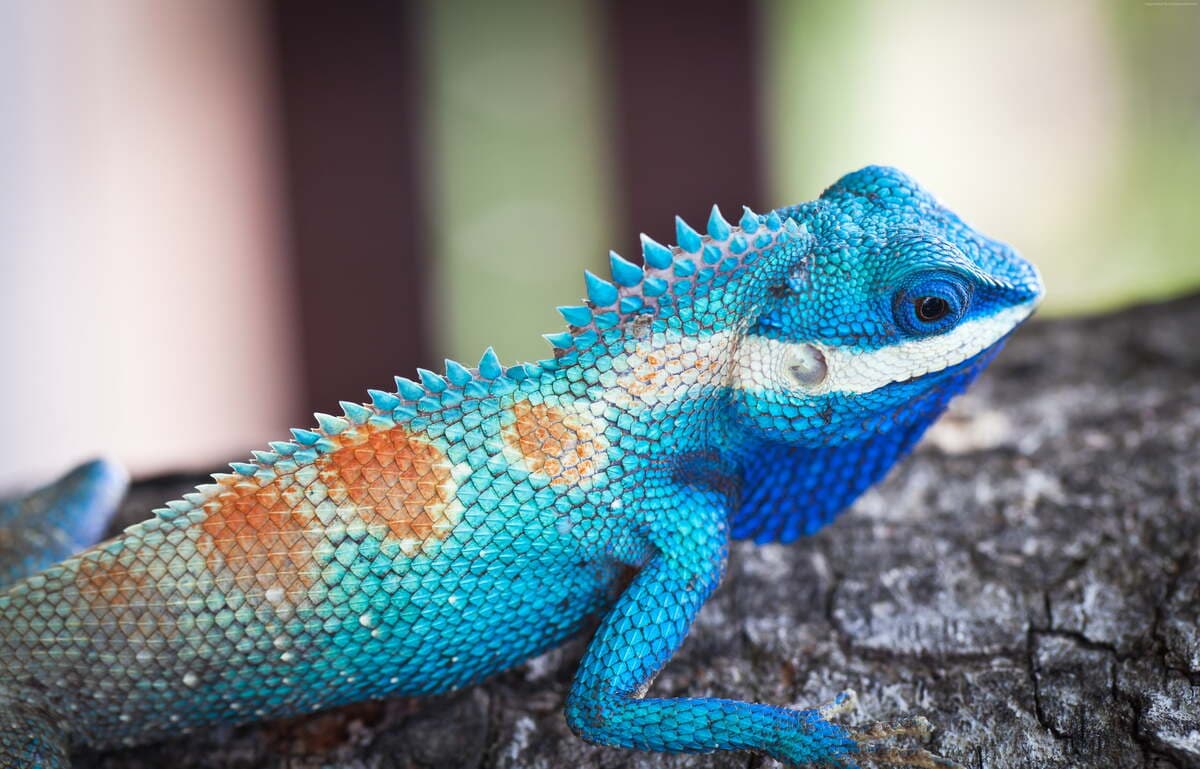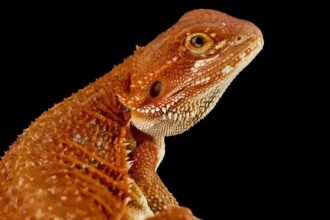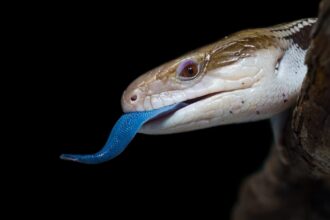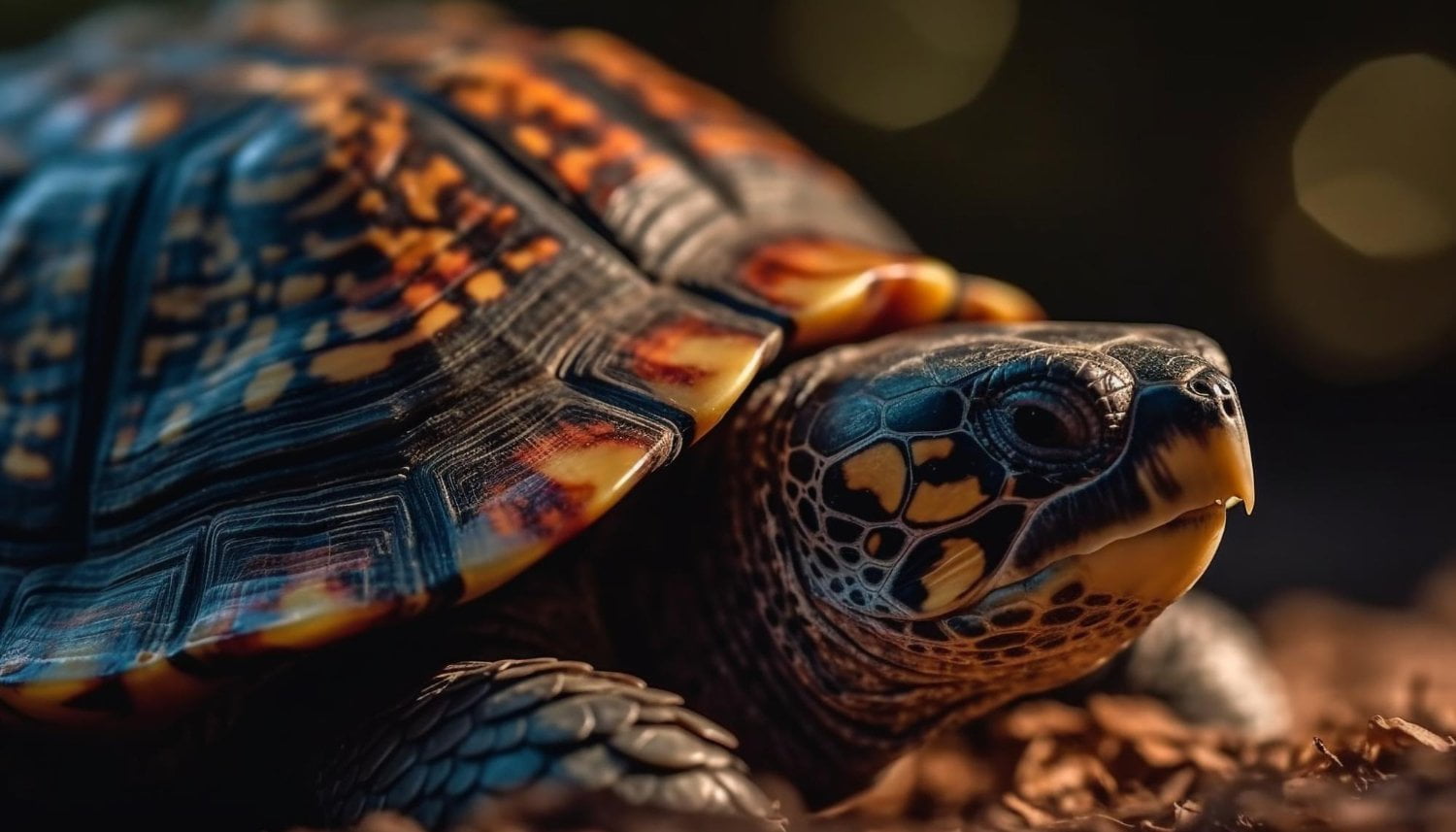Are you looking to add a unique and captivating reptile to your collection? Look no further than the blue bearded dragon! With its striking blue coloration and fascinating characteristics, the blue bearded dragon has become a popular choice among reptile enthusiasts. In this article, we will explore the world of blue bearded dragons, from their appearance and habitat to their care requirements and fascinating behaviors.
Introduction
Blue bearded dragons, scientifically known as Pogona vitticeps, are a captivating reptile species native to Australia. They are part of the larger bearded dragon family and are distinguished by their unique blue coloration, which sets them apart from their more commonly seen counterparts.
Appearance of Blue Bearded Dragons
Blue bearded dragons are known for their stunning blue color, which can vary in shade and intensity among individuals. This unique coloration is a result of specific genetic traits and selective breeding. Their scales have a smooth texture, and they have a slender and elongated body shape. Like other bearded dragons, they have a distinctive “beard” of spiky scales under their throat, which they display when feeling threatened or during courtship.
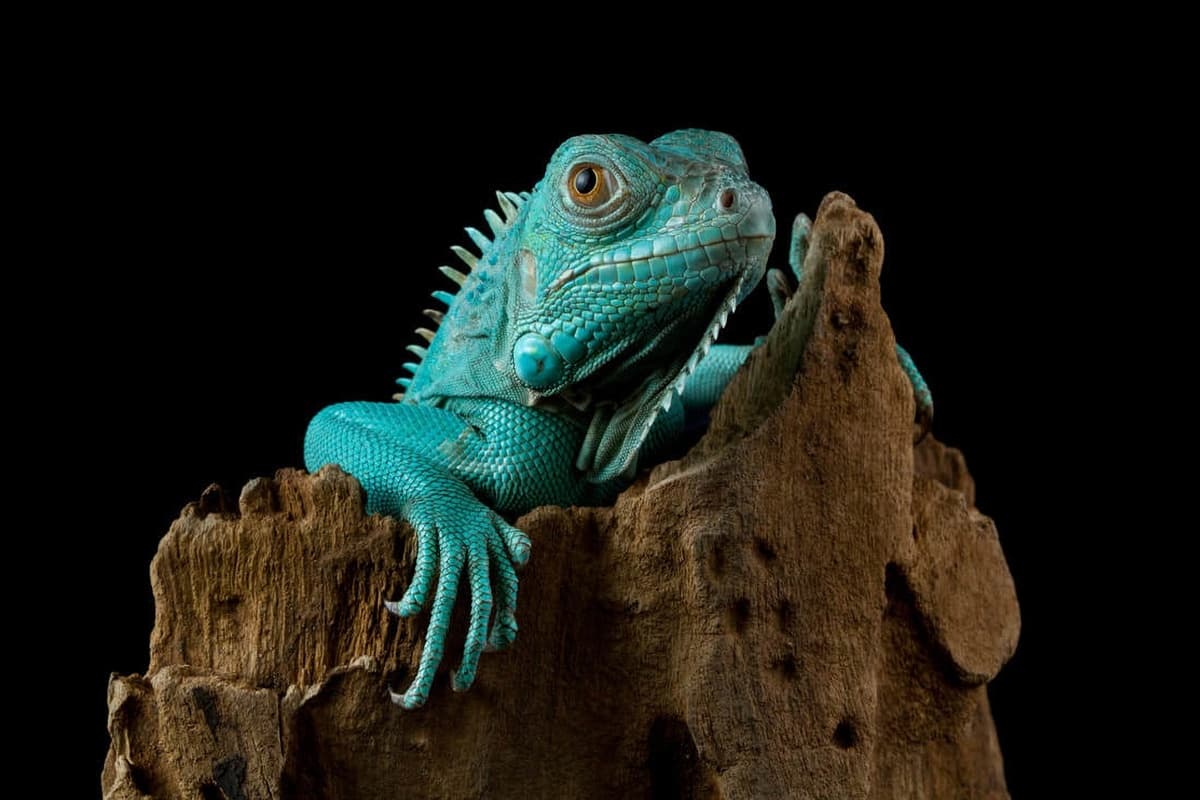
Habitat and Distribution
In the wild, blue bearded dragons are found in the arid regions of Australia, particularly in the central and western parts of the country. They inhabit a variety of environments, including deserts, woodlands, and rocky outcrops. Blue bearded dragons are adapted to these arid conditions and are skilled climbers, often perching on rocks and branches to bask in the sun.
Diet and Feeding Habits
Blue bearded dragons are omnivorous reptiles with a diverse diet. In the wild, they feed on a variety of insects, including crickets, mealworms, and roaches. They also consume leafy greens and fruits, such as collard greens, dandelion greens, and berries. In captivity, it is essential to provide a balanced diet that replicates their natural food sources.
Housing and Enclosure Setup
Creating a suitable habitat for your blue bearded dragon is crucial for its health and well-being. An ideal enclosure should be spacious, providing enough room for the dragon to move and explore. It should include a basking spot with a heat source, a UVB light for proper calcium absorption, hiding spots, and a shallow water dish for drinking and soaking.
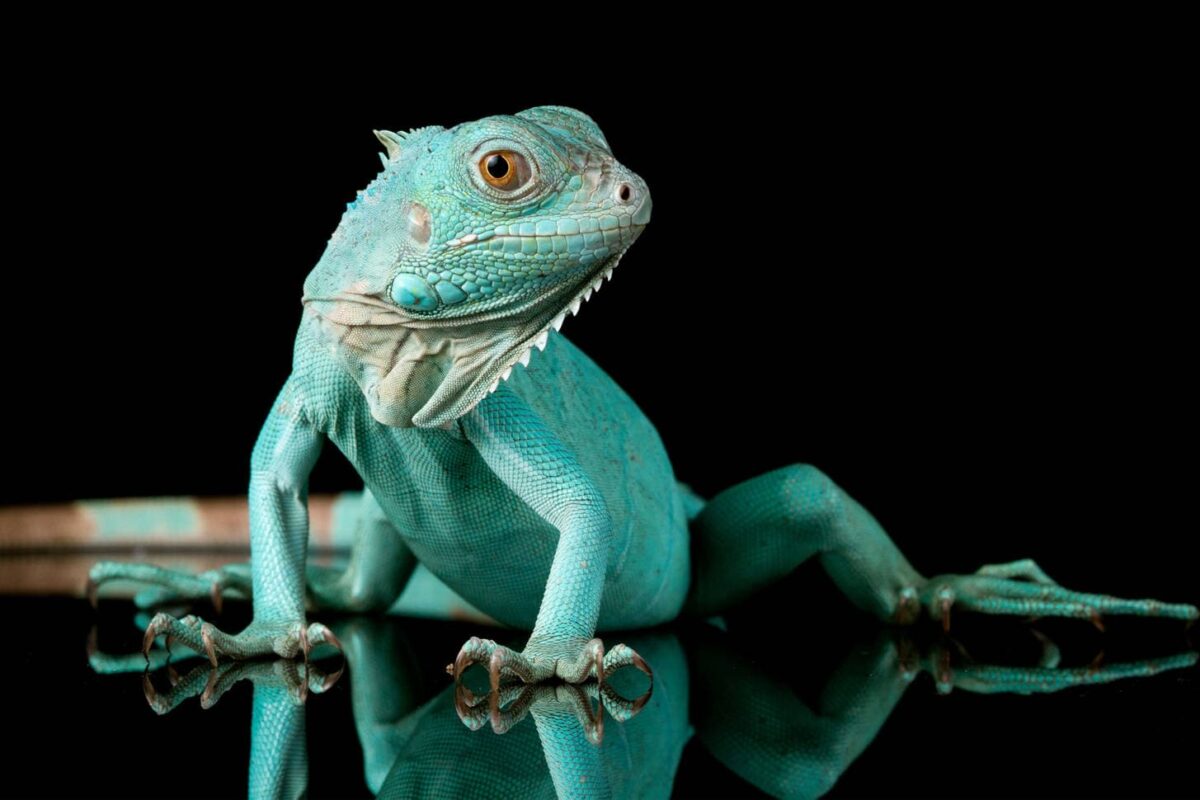
Also discover: Red Bearded Dragon
Temperature and Lighting Requirements
Maintaining proper temperatures and lighting is essential for the overall health of blue bearded dragons. They require a basking spot temperature of around 95-105°F (35-40°C) and a cooler side of the enclosure around 80-85°F (27-29°C). UVB lighting is necessary to prevent metabolic bone disease and ensure the synthesis of vitamin D3.
Handling and Interaction
Blue bearded dragons, like other reptiles, need time to adjust to their new environment and build trust with their owners. It is important to handle them gently and avoid excessive stress. Regular, supervised handling sessions can help establish a bond between you and your dragon, but always ensure proper support and be mindful of their comfort.
Common Health Issues
While blue bearded dragons are generally hardy reptiles, they can still encounter health issues if their care requirements are not met. Some common health problems include metabolic bone disease, respiratory infections, parasites, and shedding difficulties. Regular veterinary check-ups and proper husbandry practices can help prevent and address these issues.
Breeding and Reproduction
Breeding blue bearded dragons can be a rewarding experience for experienced reptile breeders. The female lays a clutch of eggs after mating, which are incubated until they hatch. Proper temperature and humidity levels are crucial during the incubation period to ensure successful hatching. Breeding should only be attempted with healthy and mature dragons.
Fun Facts About Blue Bearded Dragons
- Blue bearded dragons can change their color intensity depending on their mood and environment.
- They have a lifespan of around 8-12 years, but with proper care, they can live even longer.
- Blue bearded dragons are excellent climbers and can often be found perched on elevated surfaces.
- Like other bearded dragons, they are known for their “arm-waving” behavior, which is a form of communication.
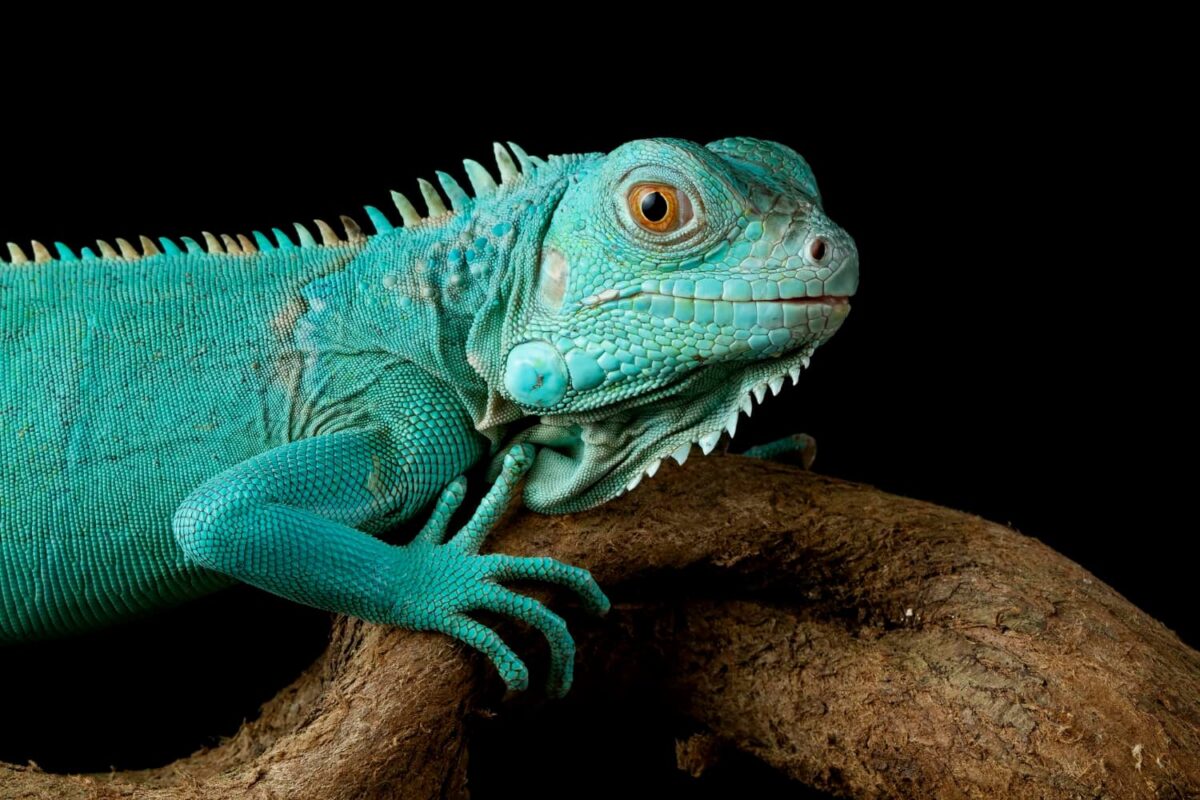
Also discover: Albino Burmese Python
Conclusion
Blue bearded dragons are a stunning reptile species with their captivating blue coloration and unique characteristics. From their appearance and habitat to their care requirements and behaviors, these reptiles offer a fascinating addition to any reptile enthusiast’s collection. However, it is essential to provide them with proper care, including a suitable enclosure, balanced diet, and regular veterinary check-ups, to ensure their well-being and longevity.
FAQs
1. Are blue bearded dragons difficult to care for?
While blue bearded dragons have specific care requirements, they can be cared for successfully with proper research and dedication. Providing a suitable habitat, balanced diet, and regular veterinary care are essential for their well-being.
2. Can I house multiple blue bearded dragons together?
It is generally recommended to house blue bearded dragons individually, as they can be territorial and may exhibit aggressive behavior towards one another. Keeping them separate ensures their safety and reduces stress.
3. Are blue bearded dragons endangered in the wild?
Blue bearded dragons are not currently considered an endangered species. However, it is crucial to discourage the capture of wild specimens and support responsible breeding practices to preserve their wild populations.
4. Can blue bearded dragons be handled regularly?
Blue bearded dragons can be handled regularly but should be done with care and consideration for their comfort. Gradually introduce handling sessions, providing proper support and monitoring their response to minimize stress.
5. Where can I find reputable breeders of blue bearded dragons?
Reputable breeders of blue bearded dragons can be found through online reptile forums, reptile expos, and local reptile stores. Ensure that the breeders prioritize the health and well-being of their reptiles.




